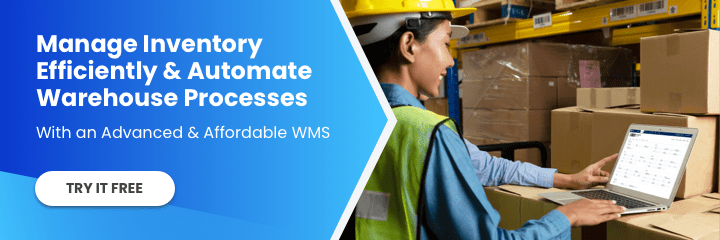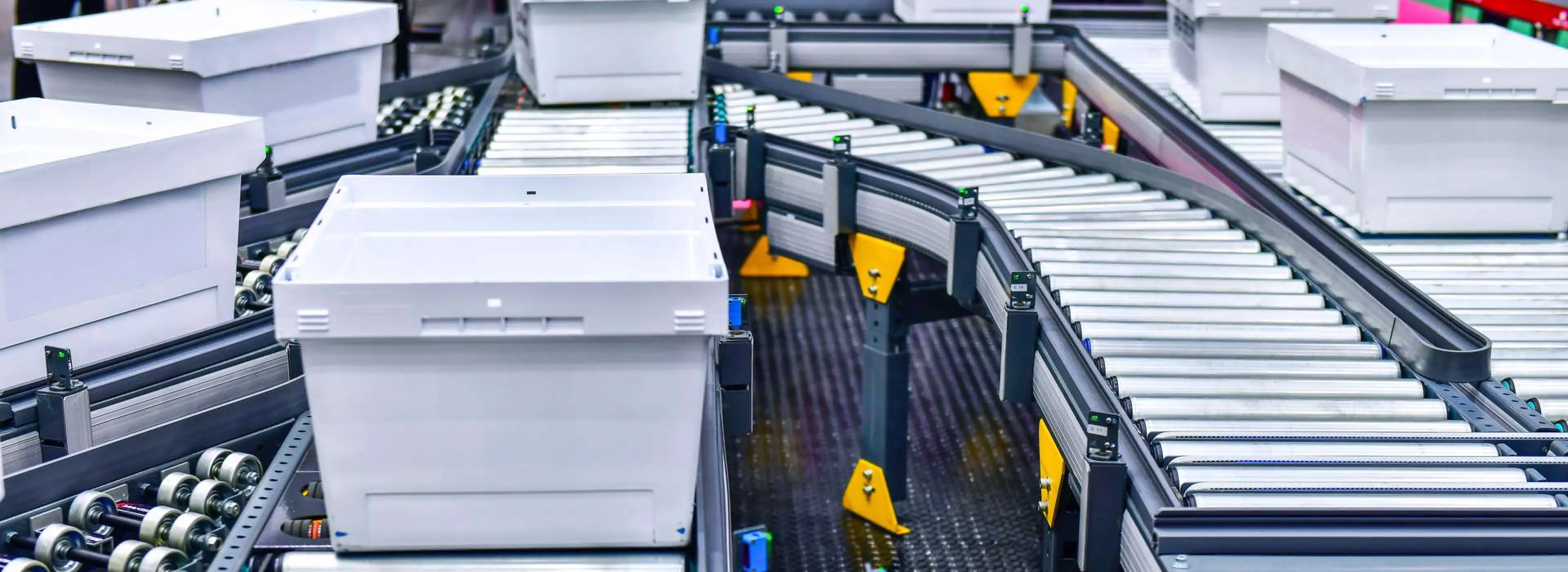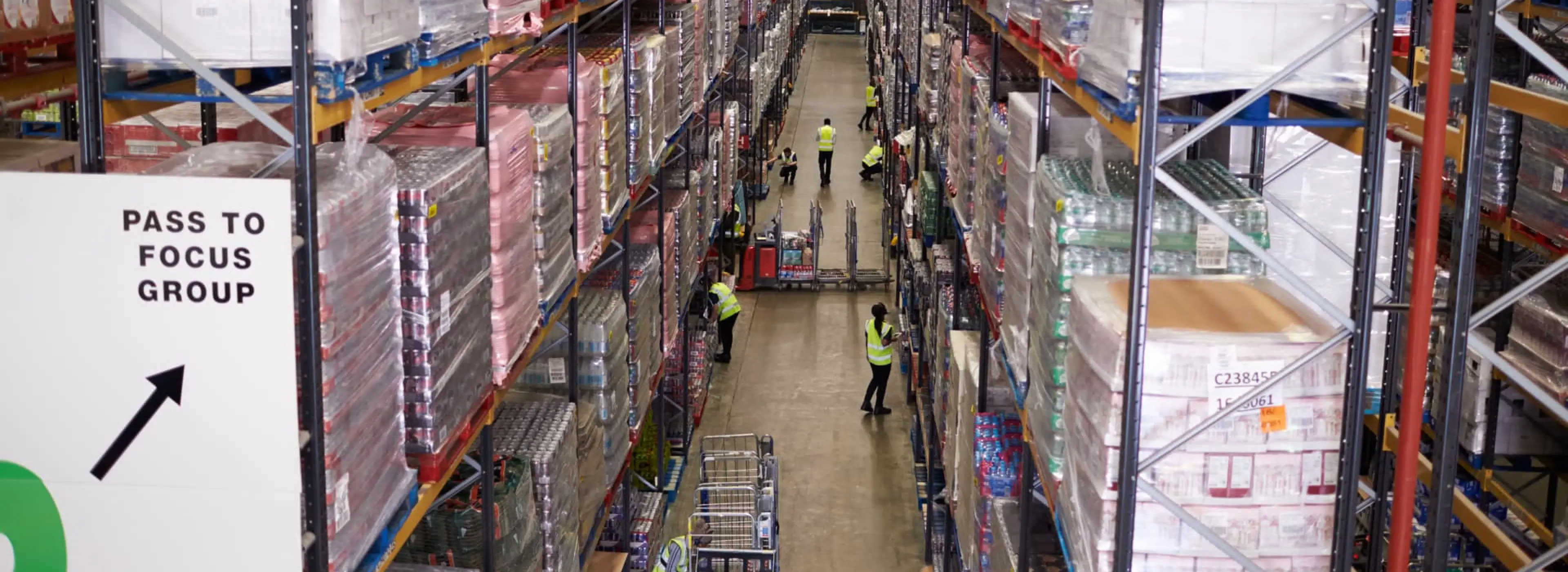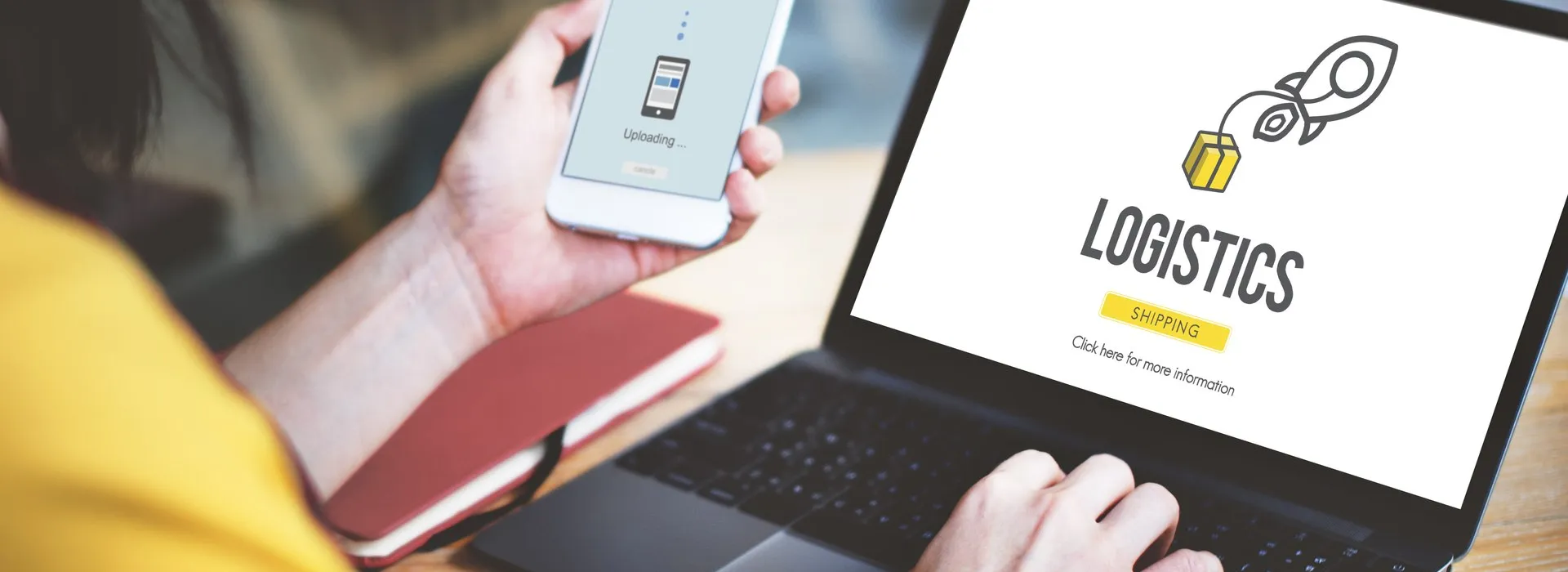The Ultimate in Logistics Mobility
The logistics industry is rapidly changing as technology advances. Many of the technology solutions coming to market have the potential to improve supply chains at every level; rugged mobile computers, handheld barcode scanners, or smart printers are all excellent examples of current warehouse technology that’s been implemented along the supply chain to increase production efficiency, improve customer satisfaction, and lower costs. However, there are also new technologies emerging on the market that have the potential to change the face of logistics, including wearable augmented reality technology.
Download Free Guide: 7 Technologies That Will Change the Warehouse
Google Glass as a Logistics Tool
The household name in wearable technology is Google Glass, which allows users to interact with whatever they are viewing through voice direction. Transport, logistics, and supply chain industry business intelligence leader eft.com identified Google Glass as capable of handling many of the computing tasks of mobile computers in the warehouse; it can read barcodes, connect with and display information from a database, and even upload information to a database. However, perhaps the most compelling benefit of Google Glass within the warehouse is its ability to be used completely hands-free. Literally freeing the hands of staff and eliminating the need for employees to walk back and forth between their department and a computer improves efficiency by allowing more time and opportunity for them to multitask.
KiSoft Custom Designed for the Warehouse
However, Google Glass isn’t the only, and certainly not the best, option for logistics enterprises seeking to incorporate wearable technology as a means for improving efficiency and reducing costly manual processes. According to Logistics Viewpoints, Knapp AG, “a material handling and logistics software solution provider headquartered in Austria,” has actually developed augmented reality glasses designed specifically to address warehouse and logistics needs. The company’s KiSoft Vision solution is compatible with Voice Recognition software but has the added feature of visual prompts and confirmation. For example, scanning multiple serial codes is faster with wearable scanning technology than processing information using a handheld barcode scanner.
Another key aspect of wearable technology that is particularly beneficial to the logistics industry is the ability to upload photos to a database instantly. The camera capabilities of most augmented reality solutions also offer the ability to add commentary or notes to photos. This allows for workers within the warehouse to provide photo documentation of products as they are handling them, whether uploaded to an inventory database, provided as documentation in a client file of the condition of the product prior to shipping, or added as a data point on a digital map of the warehouse, this capability is just one more way that wearable technology can simplify the lives of warehouse staff and increase the efficiency of existing warehouse procedures.
Using Augmented Reality to Solve Issues Unique to Logistics
So far, we’ve covered the ways that wearable technology complements or replaces multiple existing warehouse technologies with a single device. However, augmented reality technology also offers some completely unique solutions specific to logistics needs. Logistics Viewpoints indicates that wearable augmented reality glasses should be able to improve pallet building optimization by showcasing the most efficient, effective, and safe way for a worker to stack and assemble a pallet while protecting lighter products from potentially being crushed.
Another potential opportunity that is unique to wearable technology is the option of providing real-time navigation for the wearer within the warehouse. This can be implemented in a number of ways, including syncing the device with GPS. However, eft.com suggests that the most likely solution is uploading a map of the warehouse to a database the technology can access. The wearer can then “re-orient” themselves on the map of the warehouse by scanning the barcode of something nearby. This kind of internal route navigation could easily cut down on time wasted in the picking process, especially within large-scale warehouses like those at Amazon.
Picking is actually the number one way that wearable technology can improve efficiency within your logistics organization. Using all of the tools mentioned above, the augmented reality technology could guide the picker on a navigation route to the product on the pick order, show them a picture of the item, and then they’d be able to scan the barcode for verification of the item–all hands-free. Once the product has been picked and the barcode scanned, the wearable technology can actually provide them with instructions or reminders related to the item.
Industry Leaders On Board
All of these technological advances may seem a little futuristic, but they are being implemented by industry leaders today. One of the biggest names in logistics, DHL, has recently tested out the next step in logistics technology advances to much success. In a pilot project testing smart glasses and augmented reality in a warehouse, they “proved that augmented reality offers added value to logistics and resulted in a 25 percent efficiency increase during the picking process.” Every logistics enterprise is trying to keep up with customer pricing pressure, demands for faster response times, and rising customer expectations, so it’s no surprise that many are turning to technology to solve these issues. If wearable and augmented reality technology continues to show process improvement data as high as 25%, there’s no doubt that it could be the next tool to have a major impact on the supply chain.
To learn about warehouse technology trends, follow us on LinkedIn, YouTube, X, or Facebook. If you have other inquiries or suggestions, please contact us here. We’ll be happy to hear from you.












